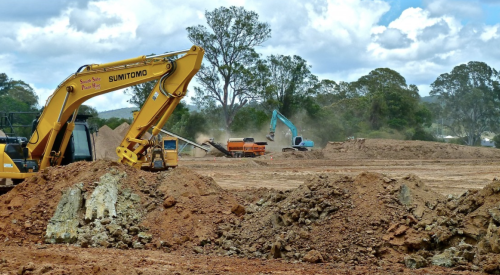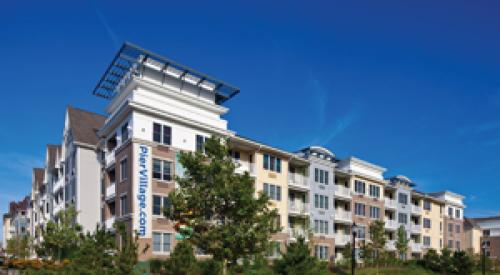|
|||||||||||||||||||||
Last year, with job growth flat or falling and the economy pull-ing back, the 105 large Giants closed 183,000 new homes. Many had record performances. Their average profit was 9.22%. This group comprises many of the biggest names in home building, firms that set the bar in design and community building. For them, bottom-line improvement is linked closely with market strategies dependent on operational efficiencies only dreamed of a decade ago.
At Boca Raton, Fla.-based Arvida, a subsidiary of land giant The St. Joe Co., the fo-cus is on building desirable communities. Home building is one of the principal means of doing so, says George Casey, president of the South Florida division. Selling homes in master-planned communities it owns, Arvida has worked hard to limit its invested capital and achieve greater throughput primarily through shorter cycle time.
“Our return on assets the last four years has gone from 16.8% to over 100% unleveraged,” Casey says. “If we had not reduced our cycle time, we would have needed way more houses under construction at any one time to get the earnings we did. It saved us $165 million to $185 million in assets that we did not have to invest to do it.”
Not having to invest more to improve earnings also affected finance costs. The last two years of Arvida’s operation have been self-funded, eliminating the need for pricey debt or equity from other sources. But not every large Giant has such comparatively easy access to lots.
In Temecula, Calif., north of San Diego, Pacific Century Homes president Bill Lo says the goal is to close 8,000 units annually by 2006. Such growth, he says, requires capital from any number of sources: banks, pension funds, mezzanine lenders and equity partners.
“We need to ramp up to 22,000 lots, and to get to 22,000 lots, there is an increasing strain on cash,” says Lo.
As part of its strategy, the company stays out of master-planned communities, favoring land deals that can give it 10% market share across a range of buyers. Staff and marketing efficiencies are gained by concentrating on the Inland Empire region, where the company is selling into 23 communities, generating average weekly sales traffic of 4,500.
Efficiency to other large Giants means employee retention that pays dividends in terms of greater flexibility to offer a broad product offering. “Finance guys outside the industry all think that if you have the money, you can do anything you want, but what you really need is people,” says Keith Buescher, CEO of Melbourne, Fla.-based Mercedes Homes, which builds homes in Texas and Florida, focusing on bringing a wider variety of price points to the markets it serves.
“People assets are still probably one of the imperative items you need in our business today. Once they get that training and have the knowledge on how to deal with the multiple price points, I think you can broaden your product. That is part of our strategy. We would like to be more things to more people.”
More diverse product has worked well for Houston-based Royce Homes, which has developed multiple brands and selling strategies around various price points, says president John Speer. One example is an affiliate company, Texas Colonial Homes, that succeeds in Houston’s large Hispanic community with messages that offer home buying assistance as opposed to a direct sales approach. Another affiliate, XL Homes, offers families the ultimate value equation, a 5,001-square-foot home on an 80x140-foot lot for $180,000.
“A lot of builders say it can’t be done,” says Speer, “but I invite them down here to compete with me so they can see for themselves.”
Many large Giants have concentrated on improving customer satisfaction to generate referrals. High referral rates are known to cut down dramatically on customer acquisition costs.
Casey sees “a retail and a wholesale” benefit of high customer satisfaction. The retail benefit is direct buyer-to-buyer referrals, and the wholesale benefit is the Realtor community, “who are really our repeat customers.
“From the time we implemented a customer satisfaction strategy, broker participation [in Arvida’s Weston community] went from 60% to 90%,” he says. “In that period we stopped advertising altogether, and closings went from 900 a year to 1,450 units per year.”












